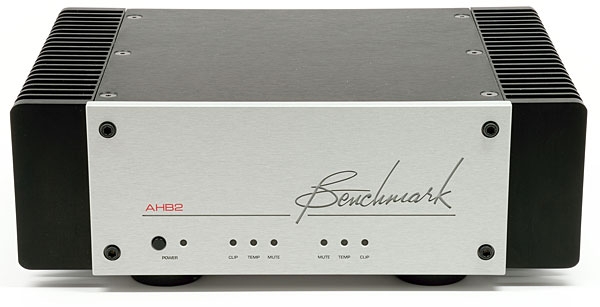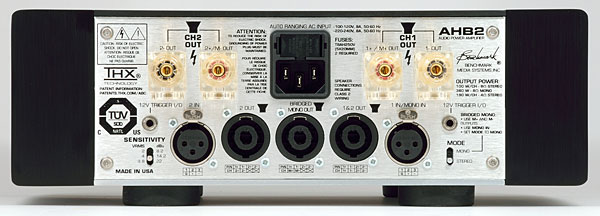| Columns Retired Columns & Blogs |
Nice review, but I'm still trying to get my head around a single person liking both Monitor Audio Silver series speakers as well as B&W 800 series speakers. Maybe B&W has changed much in the last 5 years. Also might be nice to add the MA Silvers to the "Associated Equipment" list. Now that I think about it, I have only heard B&W's high end played by Krell equipment when my buddy Dan was still in charge. I may need to reset my expectations of the brand now.












































